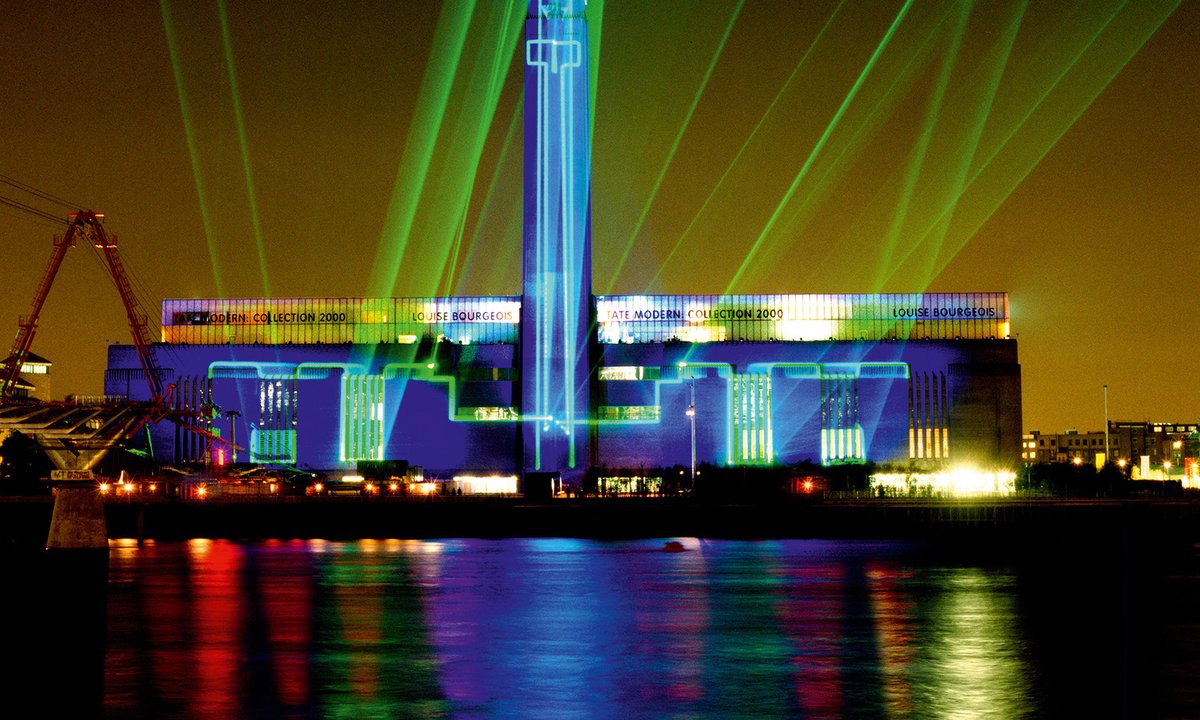
""Who could have imagined we would find an immense derelict site on the Thames, directly across from St Paul's, which was seen as blighted and comparatively inexpensive?""
""The director of Tate from 1989, Nicholas Serota, was determined to change this situation, and as trustees we sought to support him in the realization of his impossibly ambitious vision.""
""The project was insanely overambitious and bound to be a disappointment," wrote The Wall Street Journal."
""If we could bring together these geographically disparate conversations in an exhibition, how could we build these histories into the permanent collection?""
As Tate Modern celebrates its 25th anniversary, artist Michael Craig-Martin reflects on its revolutionary role in shaping contemporary art in London. Opened in 2000 on a derelict site along the Thames, the museum redefined modern art's status, leading to the emergence of international galleries and events. Pioneering curatorial practices, like thematic collections, Tate Modern faced initial criticism but laid the groundwork for future exhibitions that connected global conversations in art, a vision orchestrated under director Nicholas Serota and supported by dedicated trustees.
Read at Theartnewspaper
Unable to calculate read time
Collection
[
|
...
]